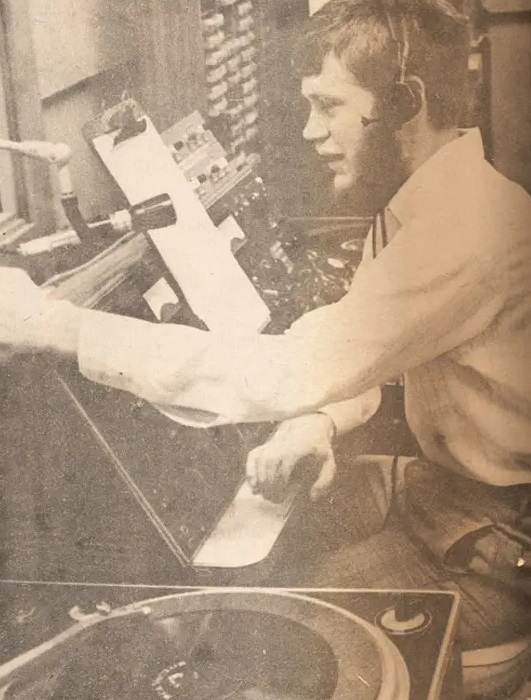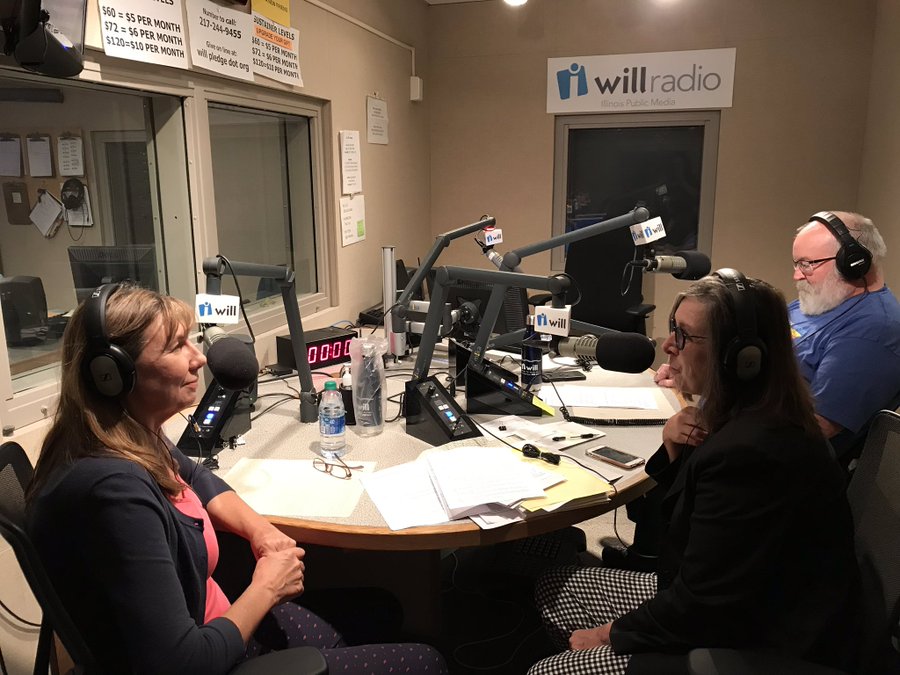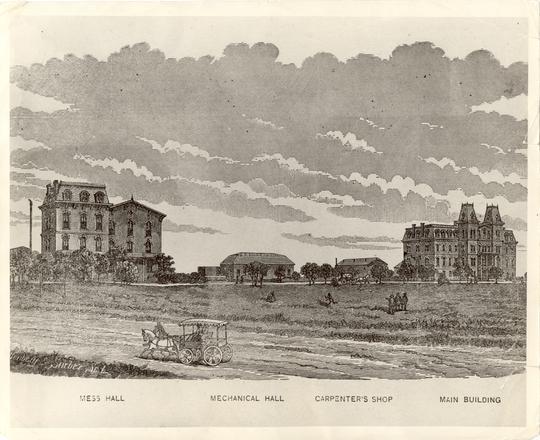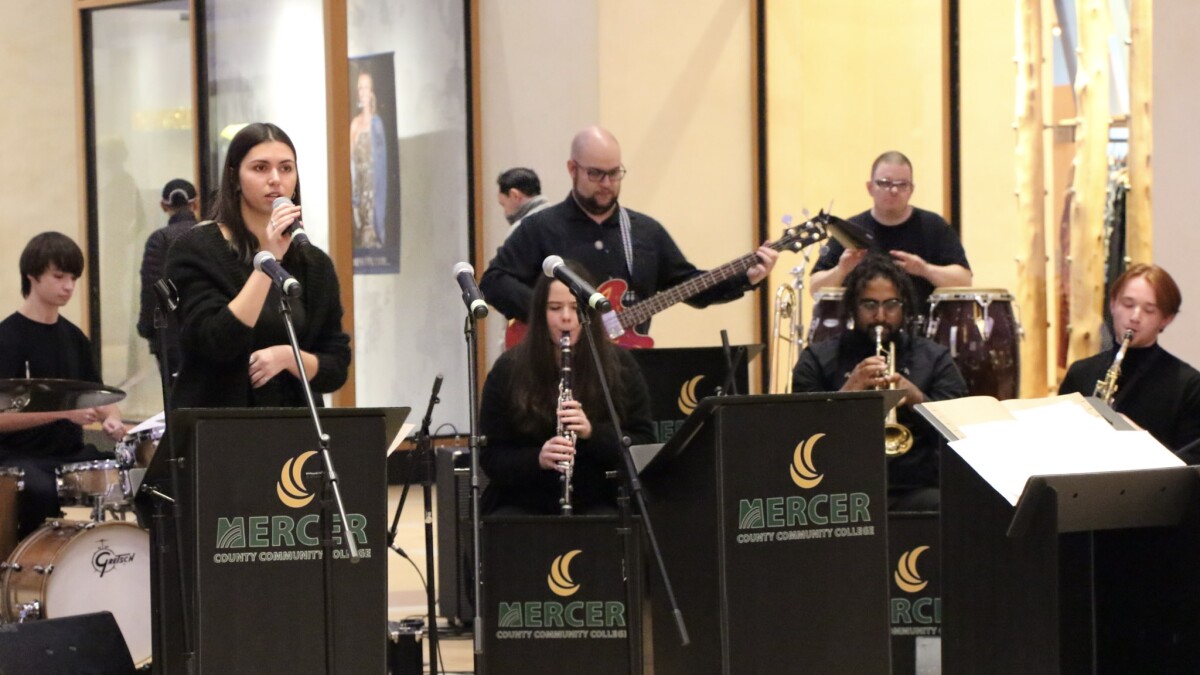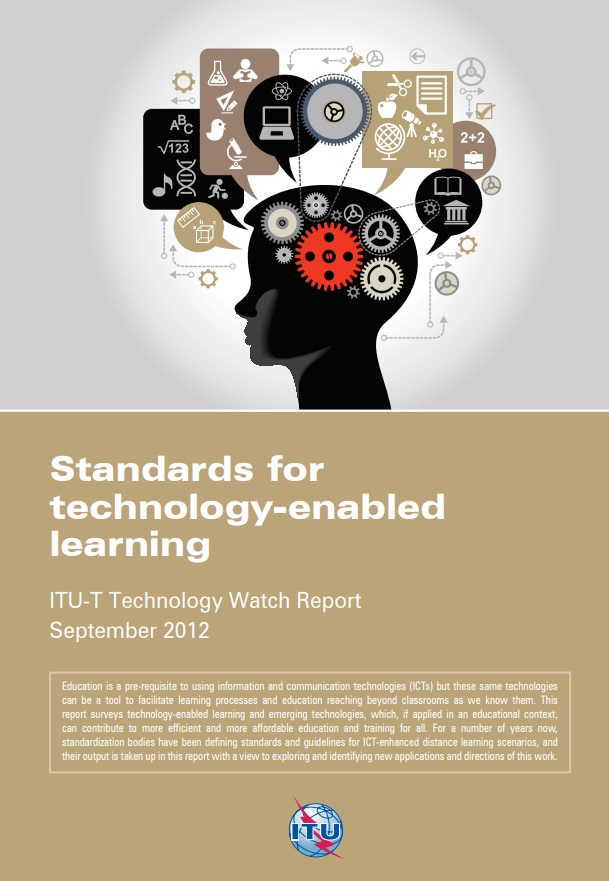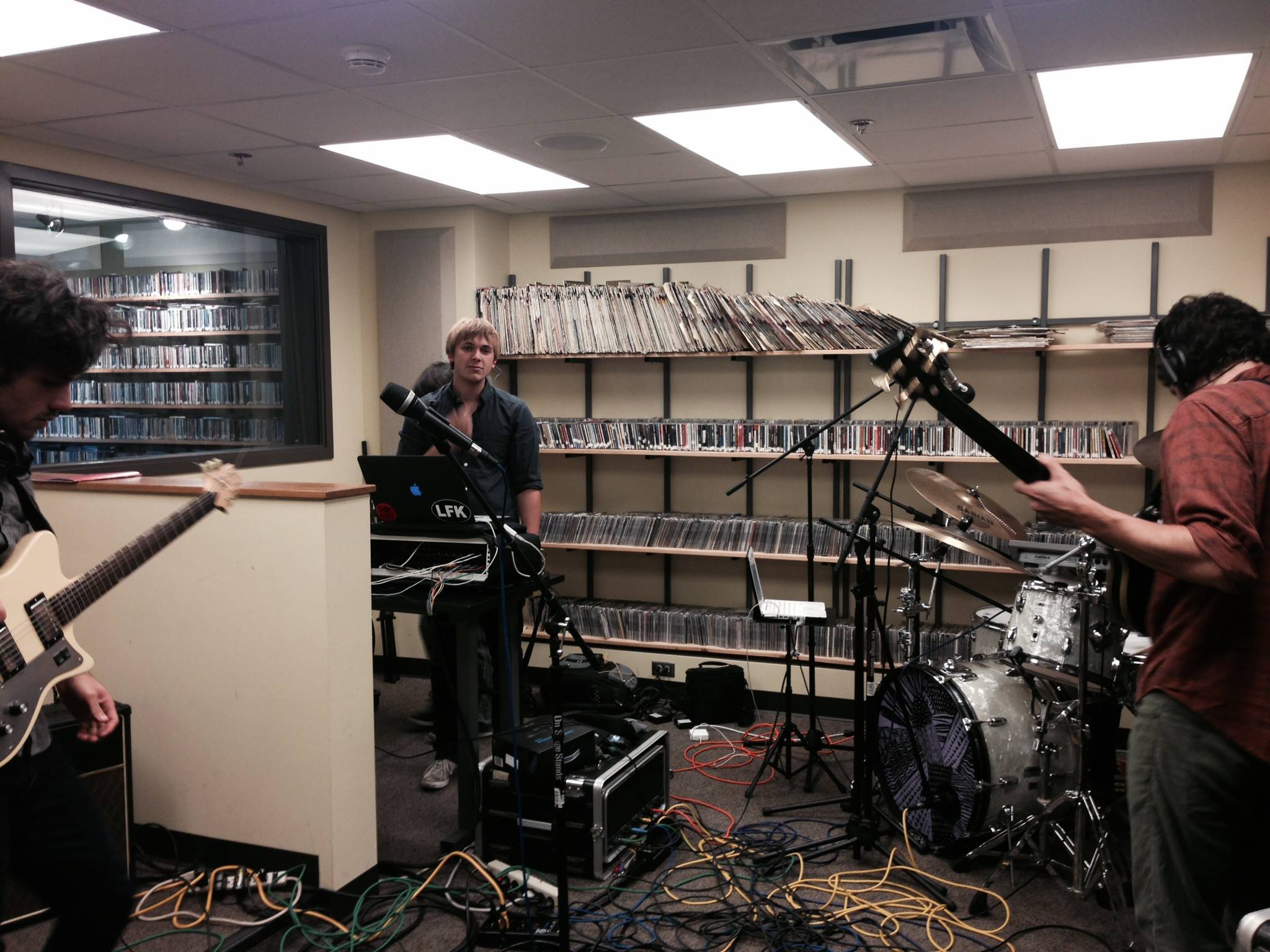Category Archives: Radio
- Home
- Archive by category "Radio" (Page 3)

LIVESTREAM: WCRD 91.3FM
Ball State University was founded in 1918 and was originally named the Eastern Indiana Normal School and primarily a teacher’s college. The university was renamed Ball State University in 1965, in honor of the five Ball brothers, who began by manufacturing and selling wooden jacketed tin cans. In 1884, the company introduced the Ball Improved Mason Jar, which became a popular way to preserve food.
The university is home to the Center for Middletown Studies, which conducts research on the social and cultural dynamics of small-town America.
LIVE: 91.3 FM Cal Poly Student Radio
“Radio is the perfect medium for communication.
It is instantaneous, and unlike television,
it allows you to use your imagination.”
-Guglielmo Marconi
KANM Student Radio
KANM Student Radio, founded in 1973 at Texas A&M University, began as Student Government Radio, broadcasting via cable on 107.5 FM in partnership with Mid-West Video Corporation. Initially airing from 4 p.m. to 2 a.m. weekdays, it offered diverse genres like hard rock and country. Despite early financial struggles, accumulating $5,783.64 in debt by 1977, KANM grew its influence through the 1970s and 1980s, facing technical issues like outages in 1978 and 1979.
It became independent in the 1980s, moving to the Pavilion complex in 1983 with equipment donations. KANM pioneered online streaming in 1998, transitioning to online-only by the mid-2010s. In 2024, it secured a low-power FM permit (KAGZ-LP 95.5 FM), marking a return to airwaves. Now located in the Memorial Student Center, KANM remains student-run, promoting non-commercial music and hosting events like the bi-annual “Save the Music” concert.
Howdy! I am so stoked to announce that we recently got to work with The Highway 6 Band, a sick group based out of College Station, to produce a KANM Library Session!!
Here’s a quick clip of the band performing their original song “Me or the Road” 🔊 pic.twitter.com/0lWpzZhFDU— KANM Student Radio (@KANMRadio) March 24, 2023
WWFM The Classical Network
“Music is the art which is most nigh to tears and memory”
— Oscar Wilde (‘The Critic as Artist’ 1891)
Campus Tour | Standards New Jersey
It’s not too late to register for Fall Semester 2021! Our later starting courses begin October 26th and run through December 15th.
📝: https://t.co/EqkGnavSXl pic.twitter.com/2YLJ6dKxUo
— Mercer County Community College (@MercerCollege) October 12, 2021
KJHK 90.7 FM
What a view. What a place. pic.twitter.com/AOzAvxmYok
— University of Kansas (@UnivOfKansas) August 23, 2023
Talk about a perfect night to 🏈 kick off 🏈 football season. pic.twitter.com/ElqIbEjTKP
— University of Kansas (@UnivOfKansas) September 2, 2023
KU’s School of Business received a $50 million commitment from an anonymous donor — the largest donation in the school’s history. The transformative gift supports the school’s ongoing commitment to research and its student success initiatives.https://t.co/ZaohgKnVZ6
— University of Kansas (@UnivOfKansas) September 8, 2023
New update alert! The 2022 update to the Trademark Assignment Dataset is now available online. Find 1.29 million trademark assignments, involving 2.28 million unique trademark properties issued by the USPTO between March 1952 and January 2023: https://t.co/njrDAbSpwB pic.twitter.com/GkAXrHoQ9T
— USPTO (@uspto) July 13, 2023
Standards Michigan Group, LLC
2723 South State Street | Suite 150
Ann Arbor, MI 48104 USA
888-746-3670



